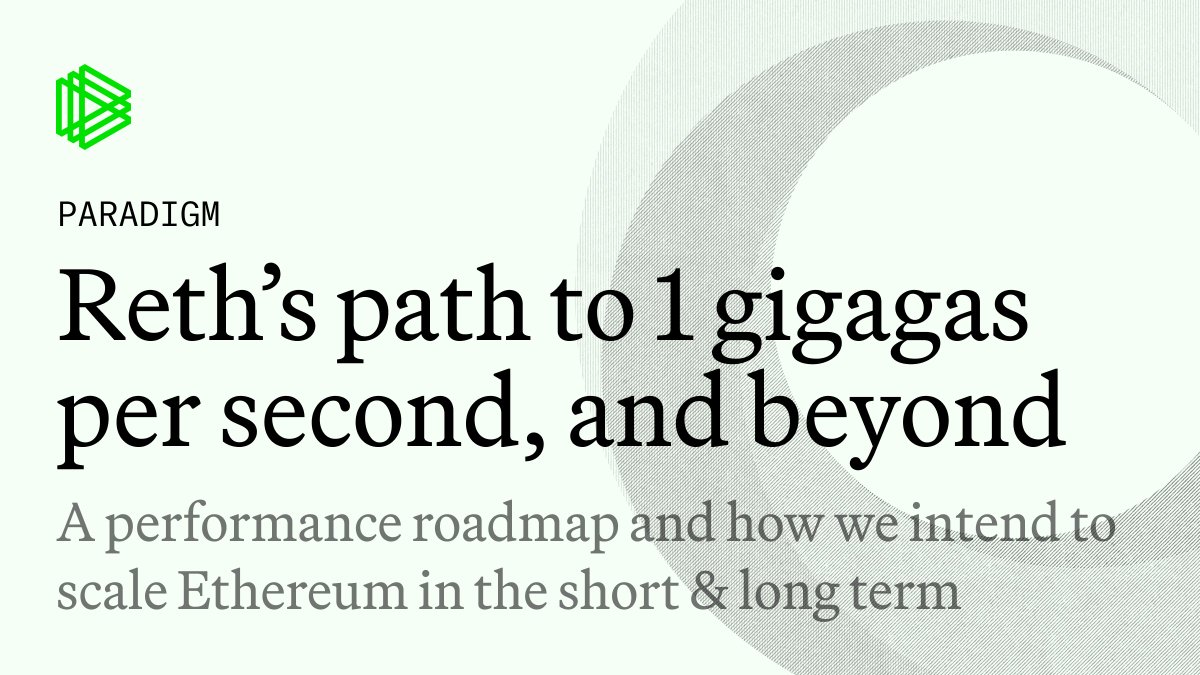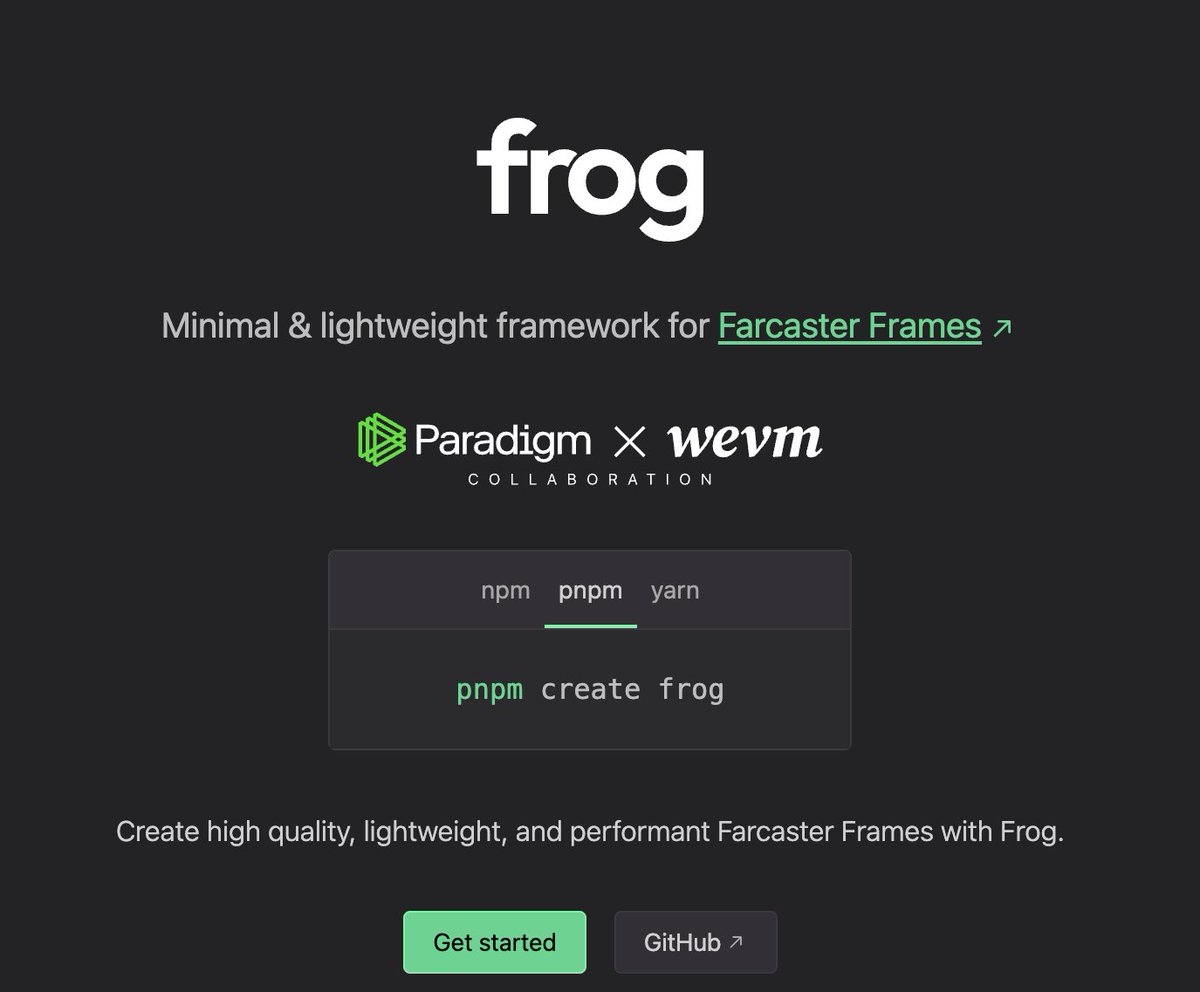Excited to publish the REVM Compiler, revmc! (@DaniPopes 1st author)
We used LLVM to lower EVM bytecode into native code.
We demonstrate 19x gains for the Fibonacci benchmark and synced Ethereum mainnet with revmc enabled for the hottest 250 contracts!
Read on to learn more!
We used LLVM to lower EVM bytecode into native code.
We demonstrate 19x gains for the Fibonacci benchmark and synced Ethereum mainnet with revmc enabled for the hottest 250 contracts!
Read on to learn more!

Why build an EVM-native compiler?
To speed up execution by getting rid of the overheads of bytecode interpretation, inspired by well-established technologies like the Java or the WASM JIT.
To speed up execution by getting rid of the overheads of bytecode interpretation, inspired by well-established technologies like the Java or the WASM JIT.
How does the EVM Compiler work?
It translates bytecode to our own intermediate representation which then gets passed to LLVM via the inkwell crate.
LLVM then proceeds to aggressively compile into native machine code which runs very fast.
It translates bytecode to our own intermediate representation which then gets passed to LLVM via the inkwell crate.
LLVM then proceeds to aggressively compile into native machine code which runs very fast.
It is really fast vs the Revm interpreter!
19x vs Fibonacci, 2.77x vs Counter, 1.85x vs the WETH contract
19x vs Fibonacci, 2.77x vs Counter, 1.85x vs the WETH contract

We also managed to sync Ethereum mainnet with revmc enabled for the 250 hottest contracts!
Gains were less significant O(1-10%) but that's expected for Ethereum L1 where compute is less intense.
Gains were less significant O(1-10%) but that's expected for Ethereum L1 where compute is less intense.
How do I use this?
We provide examples of how to compile and hook on compiled contracts in the repository, following Revm's API, using the EVM Builder.
github.com/paradigmxyz/re…
We provide examples of how to compile and hook on compiled contracts in the repository, following Revm's API, using the EVM Builder.
github.com/paradigmxyz/re…
How does the Reth integration work?
@notnotstorm found the top 250 contracts by # traces, and loaded up their bytecodes in a toml file.
Then, Reth is run with `--experimental.compiler` which injects the compiler code into our block executor & compiles.
github.com/paradigmxyz/re…
@notnotstorm found the top 250 contracts by # traces, and loaded up their bytecodes in a toml file.
Then, Reth is run with `--experimental.compiler` which injects the compiler code into our block executor & compiles.
github.com/paradigmxyz/re…
This work was solo-carried by @DaniPopes who deserves a huge shoutout for leading development, testing and benching of the project end to end.
Big kudos to Dani for being an irreplaceable member of our team, consistently delivers high quality, well-tested & super optimized code.
Big kudos to Dani for being an irreplaceable member of our team, consistently delivers high quality, well-tested & super optimized code.
The future of Revmc is to be integrated in Reth for production use and in every Layer 2.
Reach out if you're interested in collaborating, and making it even faster!
github.com/paradigmxyz/re…
Reach out if you're interested in collaborating, and making it even faster!
github.com/paradigmxyz/re…
• • •
Missing some Tweet in this thread? You can try to
force a refresh








